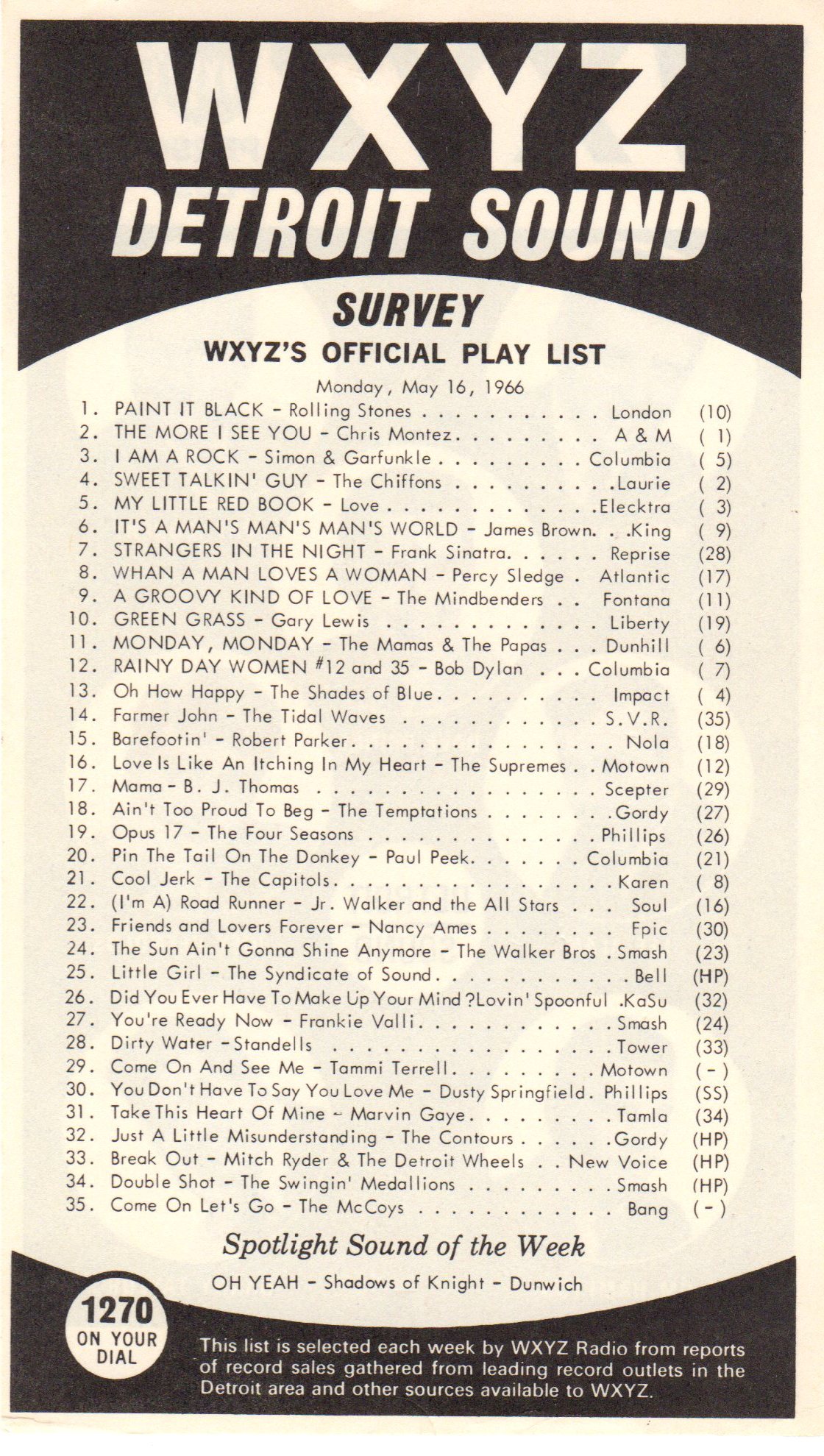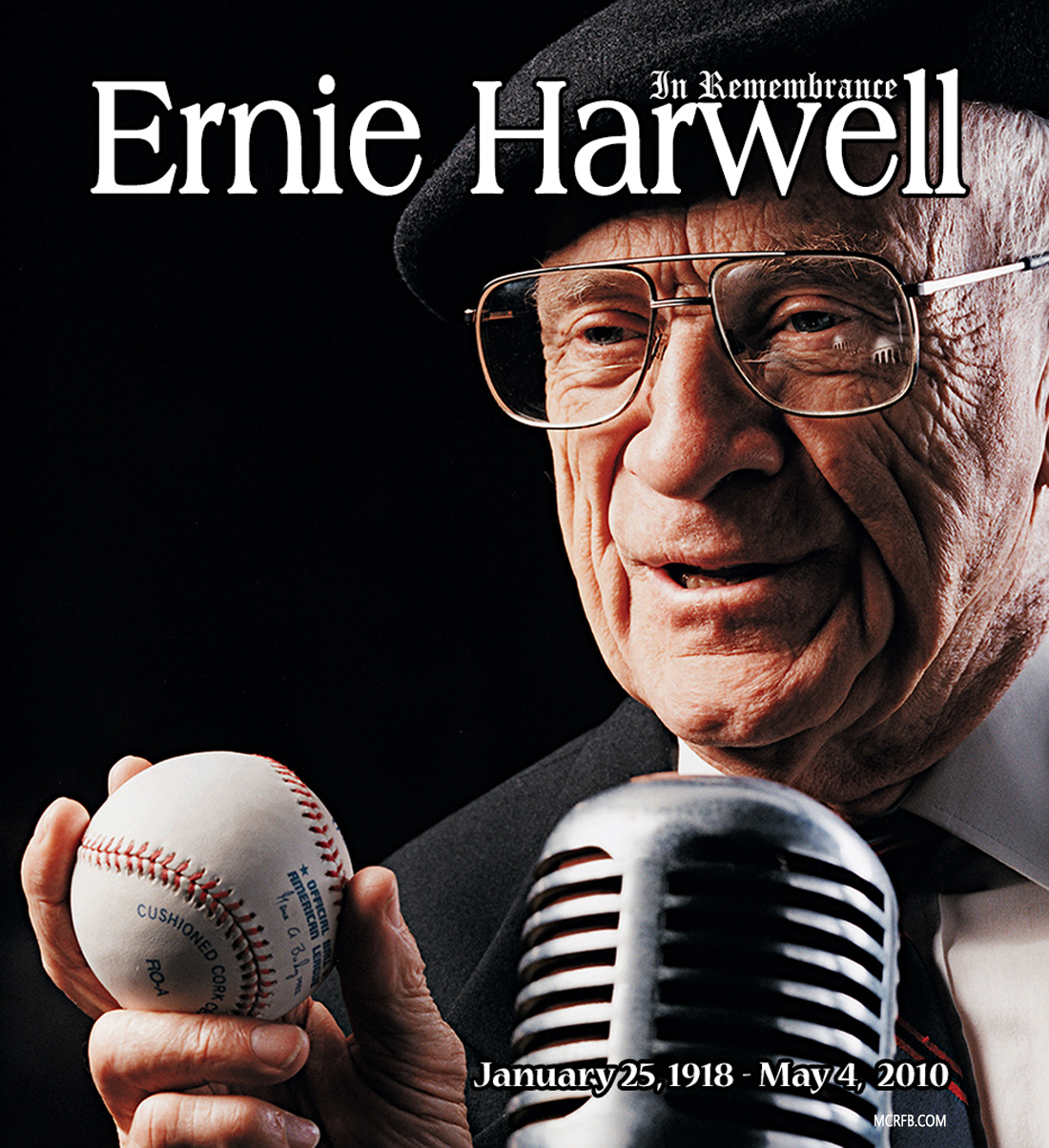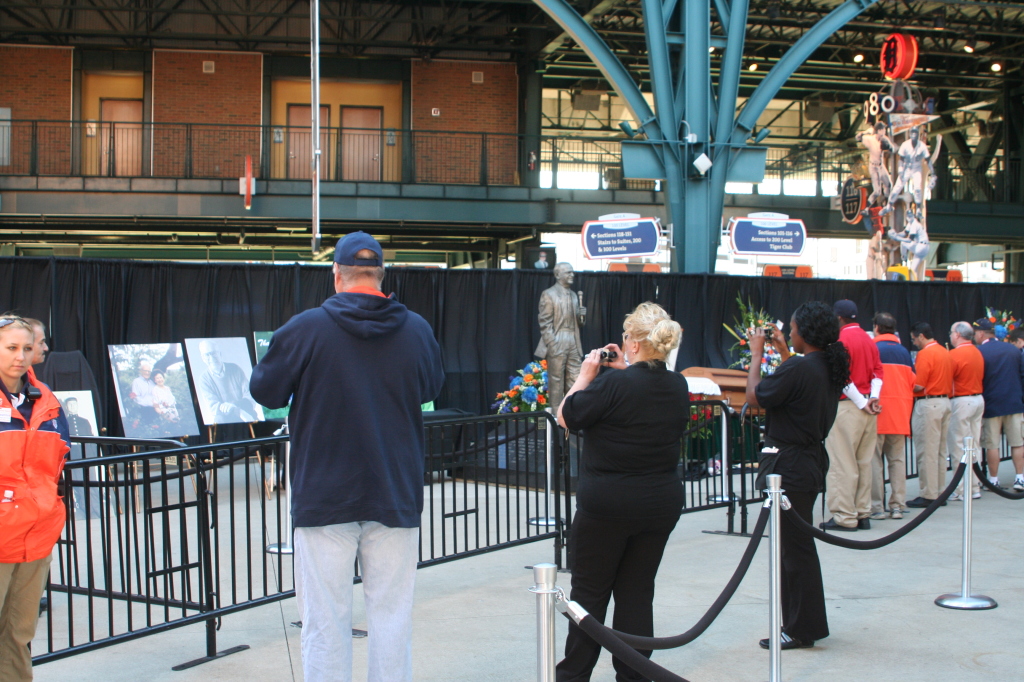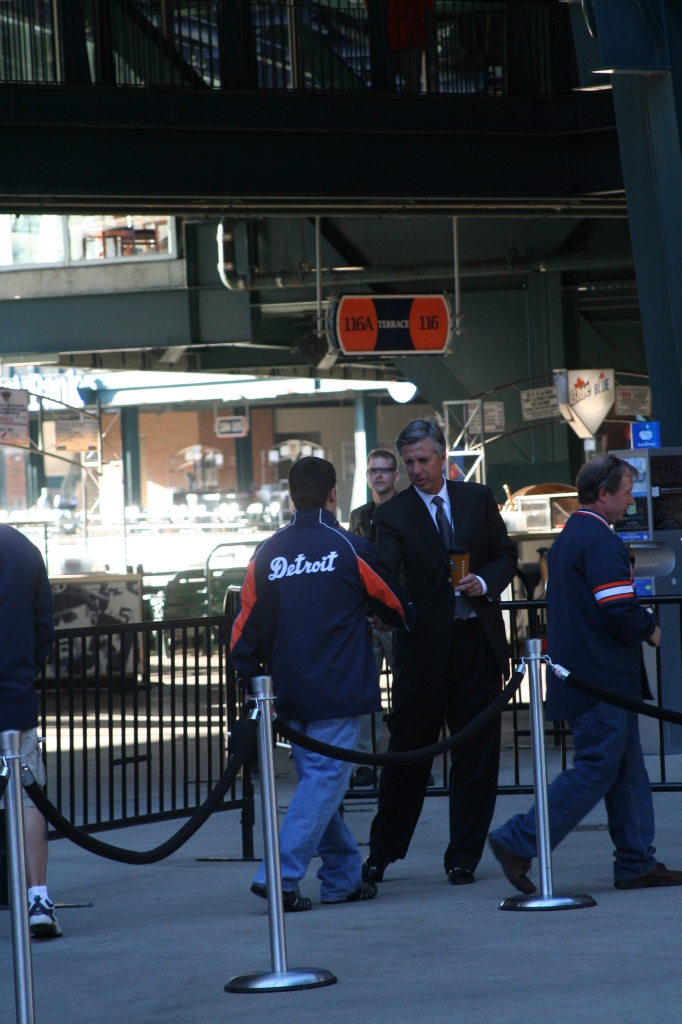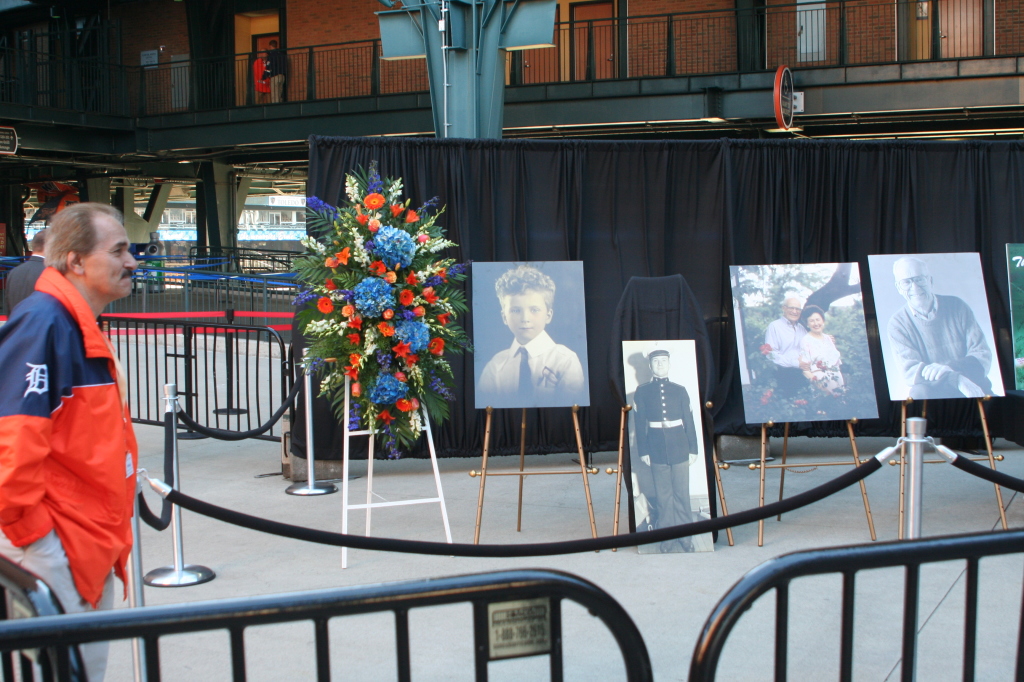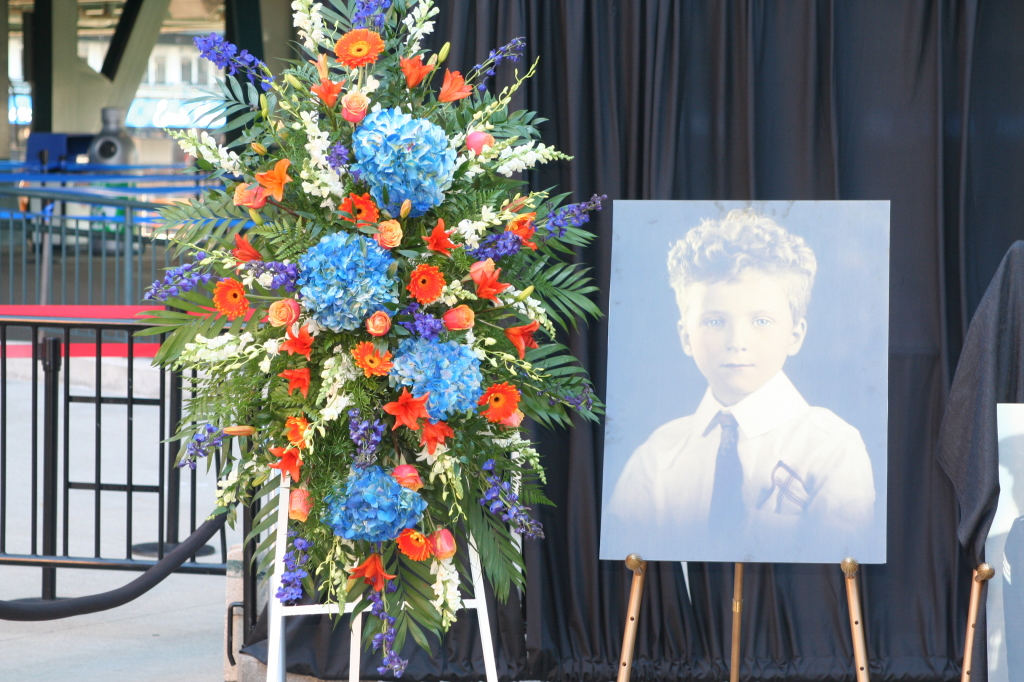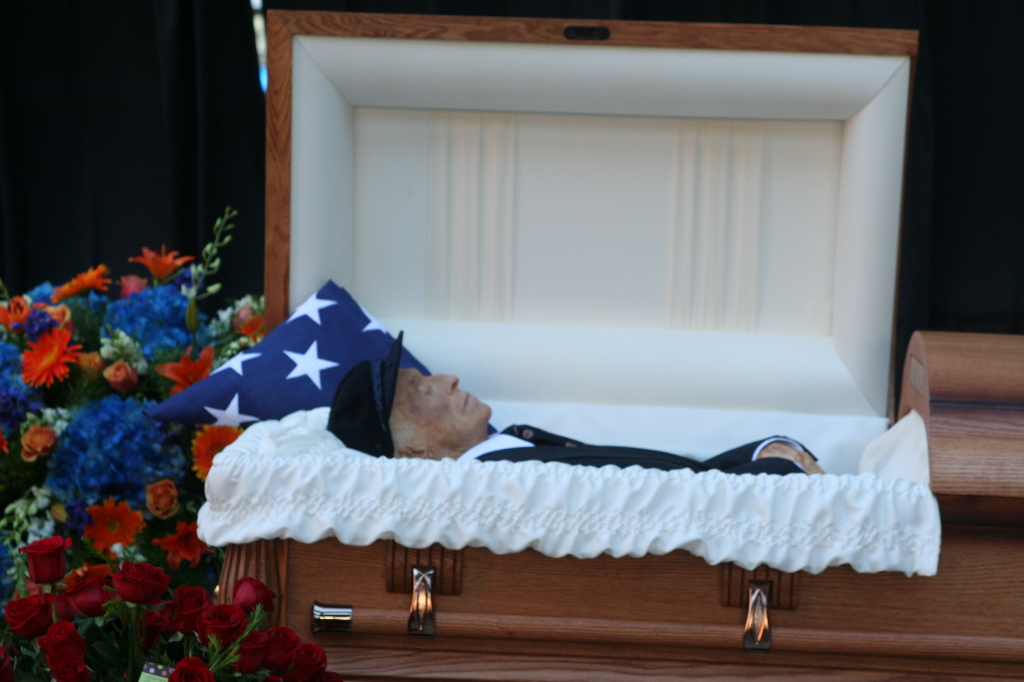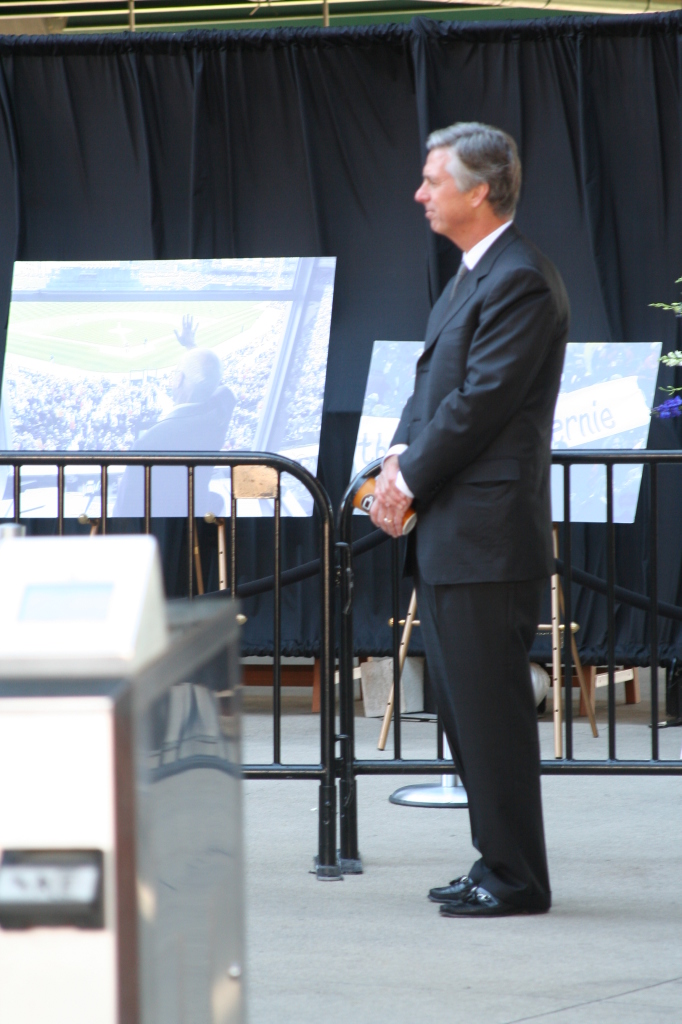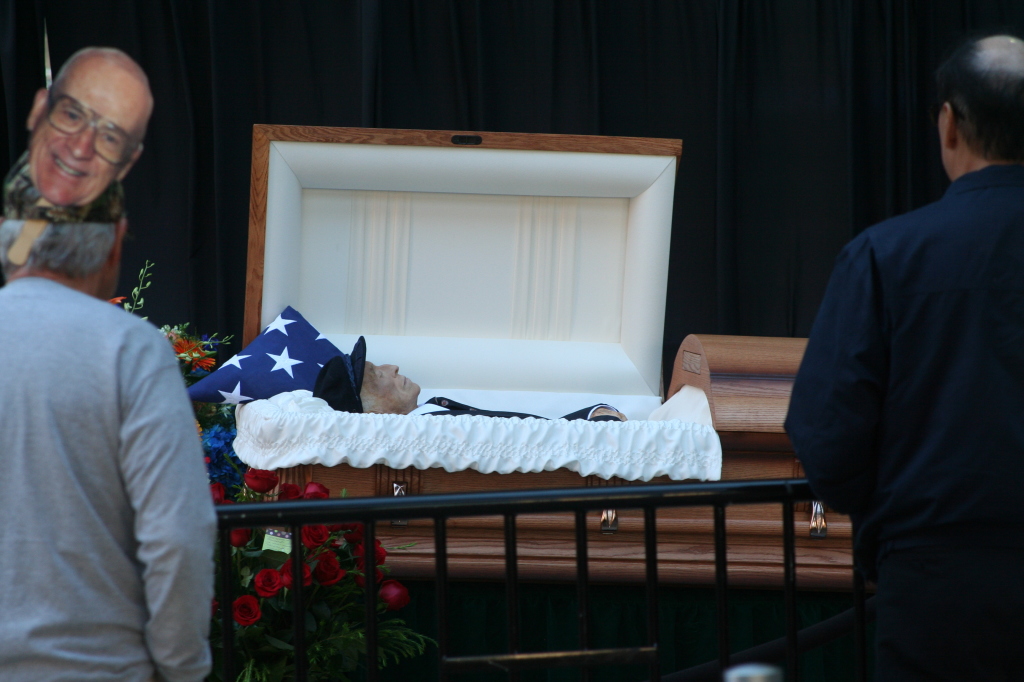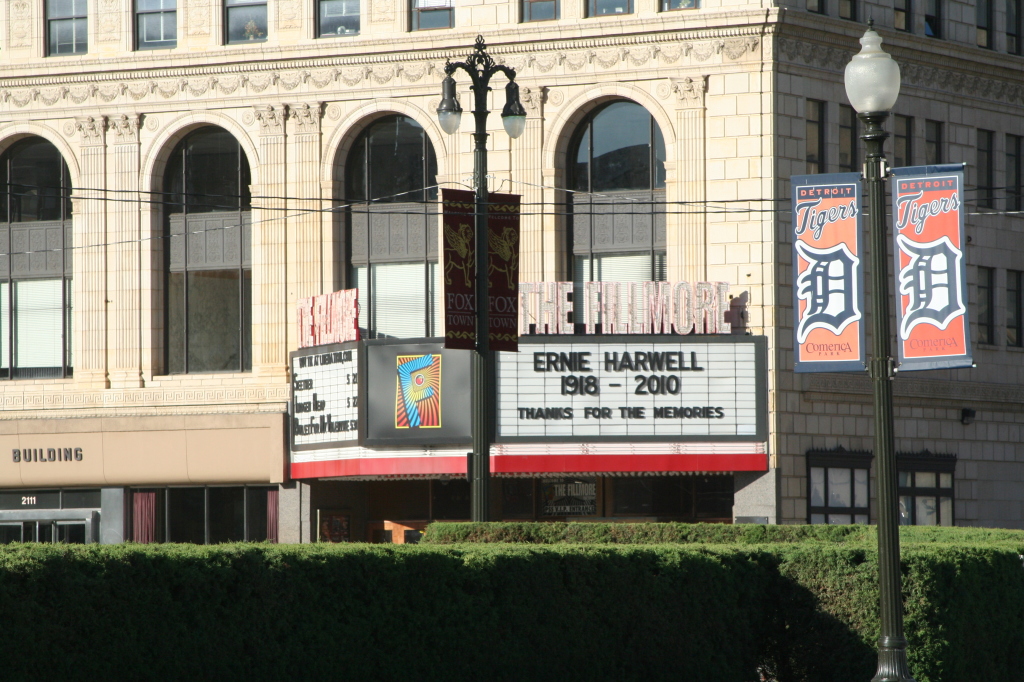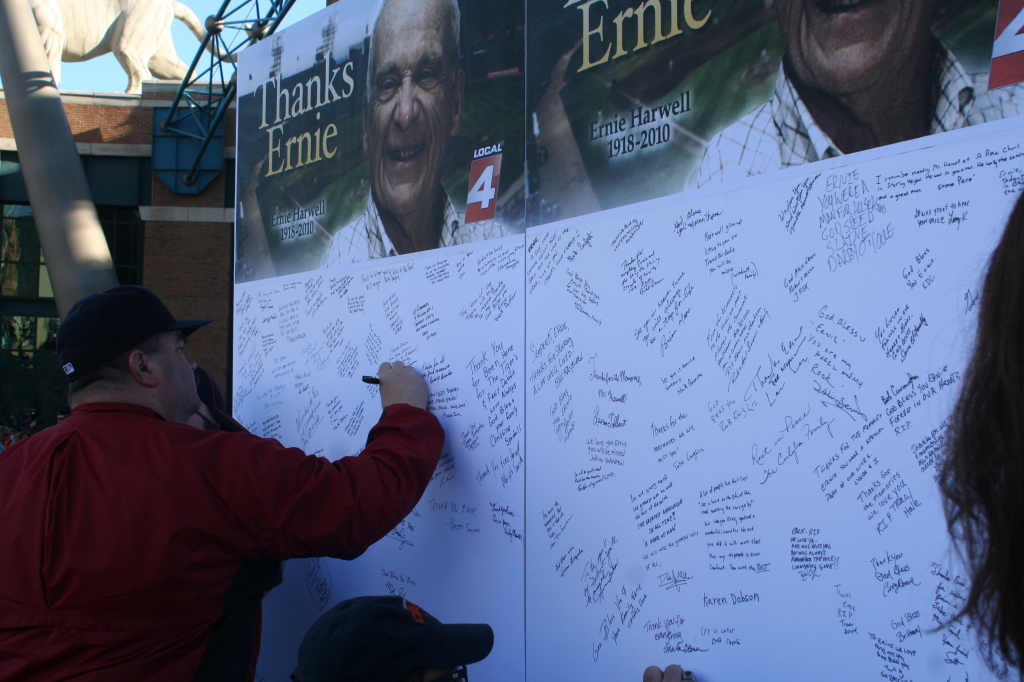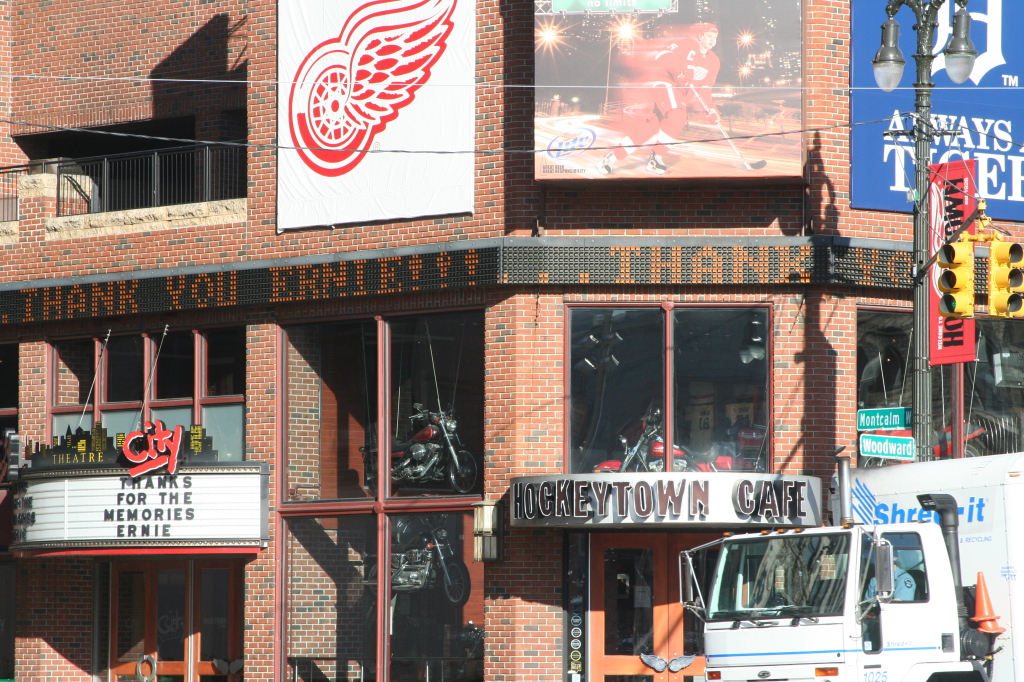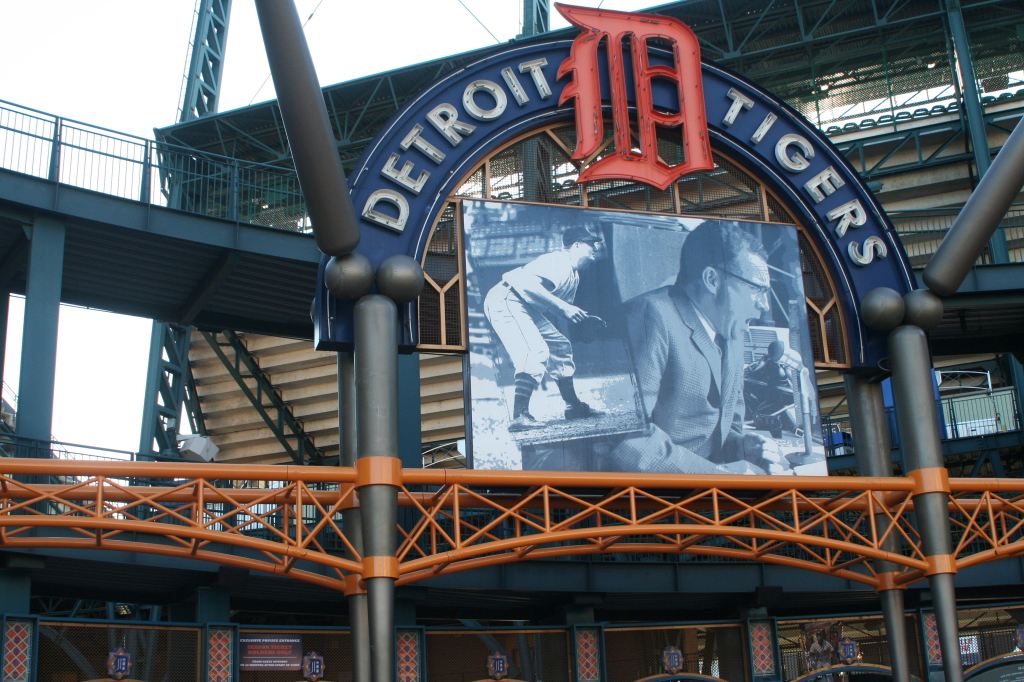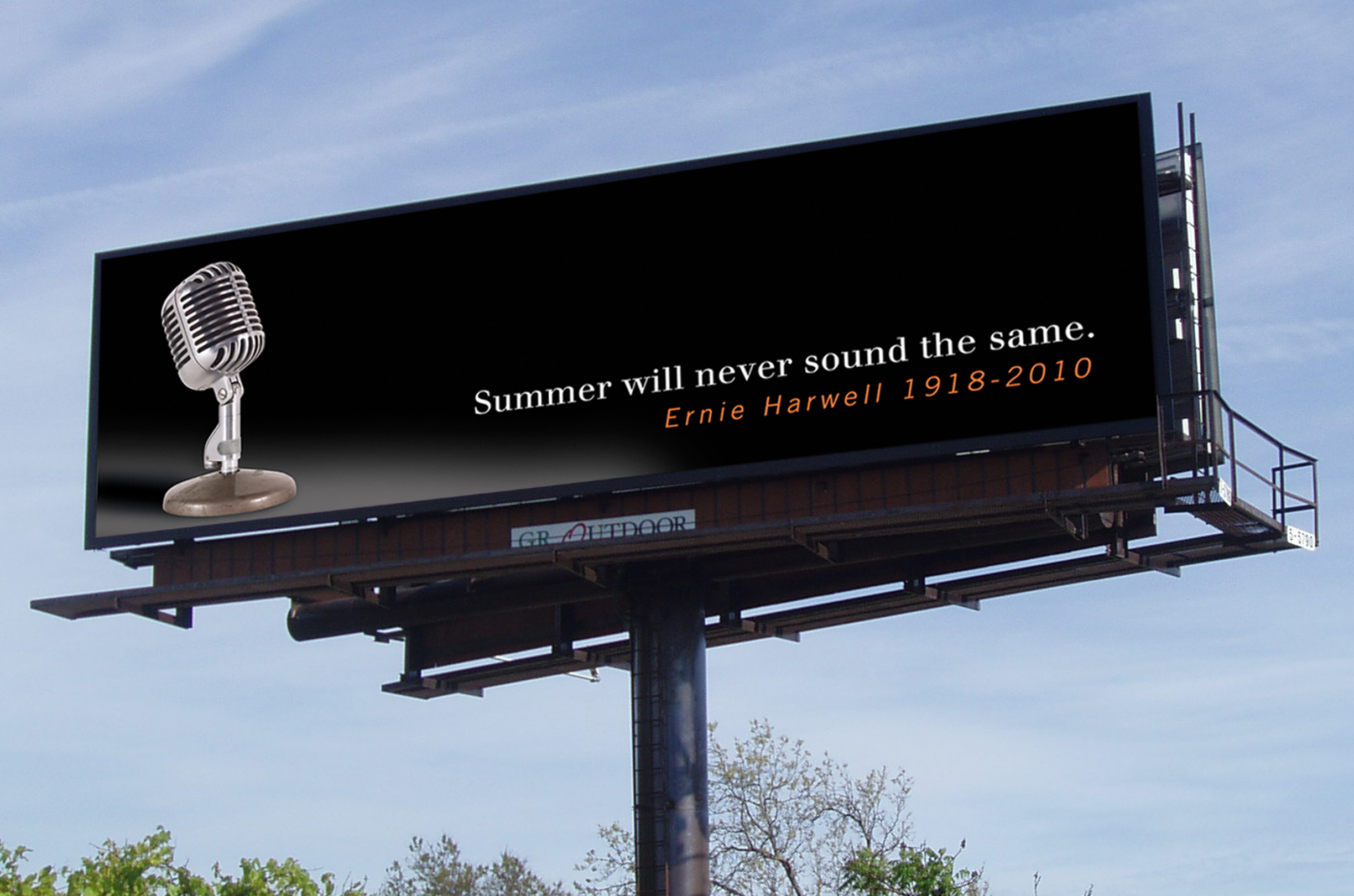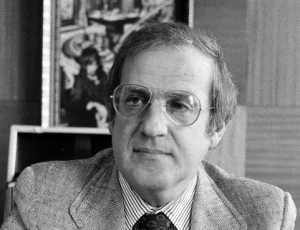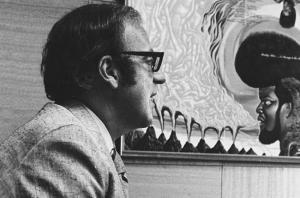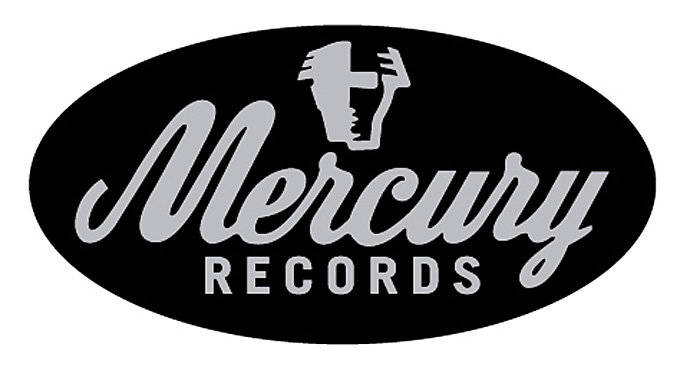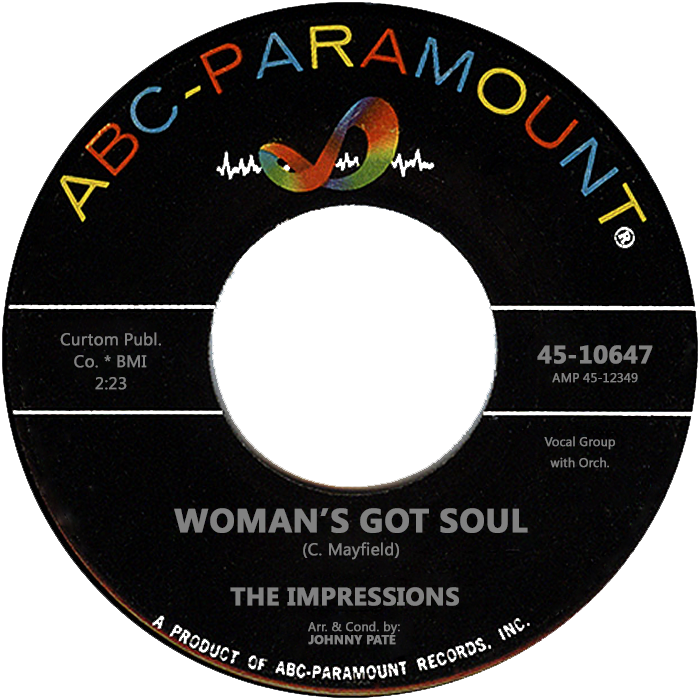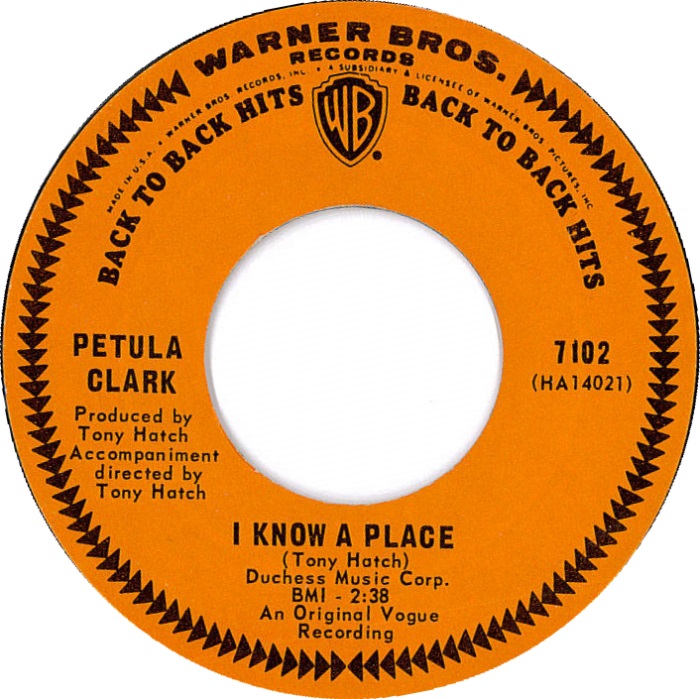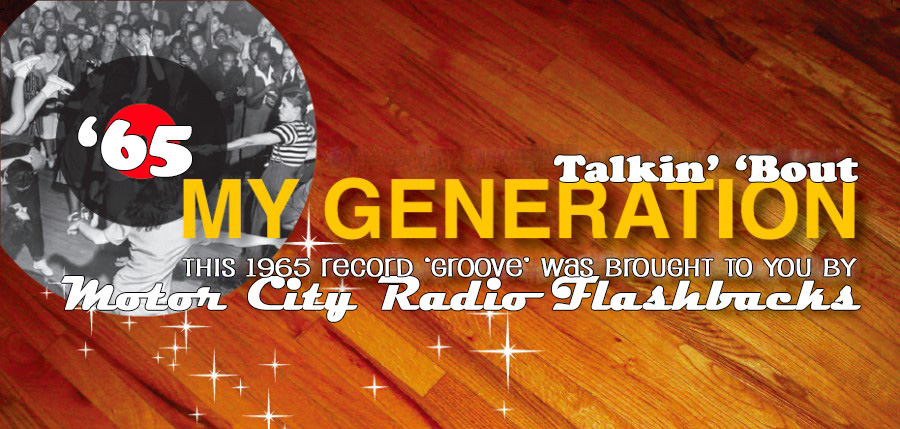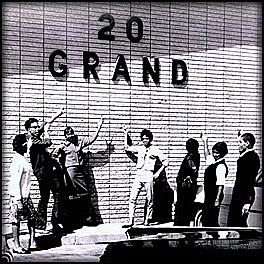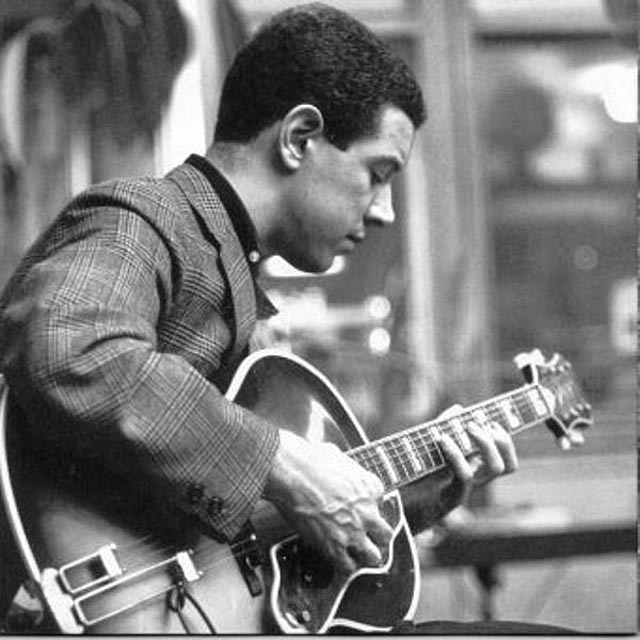 From the MCRFB news archive: 1974
From the MCRFB news archive: 1974
DALLAS — To an extent, Dallas is the jingles capitol of the world and its stations IDs are heard literally around the world on just about every station — either in purchased legitimate form or in ripoff imitation.
The backbone of viable radio since the booming, thundering popularity of Top 40 exploded under the guidance of Todd Storz, Gordon McLendon, and Bill Stewart in the early, middle 1950s, jingles have been going through some rather interesting flip flops the past couple of years.
And, in the past few weeks things have changed again and longer jingles — more imaginative and thematic — are easing unto the music theme . . . . not just for Top 40, but for other formats.
 Jingles, of course, began in commercial form on Top 40. Tom Merryman, head of TM Productions now in Dallas, did the first set. Bill Meeks, president of PAMS, Dallas, and a close associate with Gordon McLendon, has to be considered the father of modern jingles, though, because he made them commercially acceptable and actually popularized them; the stations featuring his jingles shot to audience successes.
Jingles, of course, began in commercial form on Top 40. Tom Merryman, head of TM Productions now in Dallas, did the first set. Bill Meeks, president of PAMS, Dallas, and a close associate with Gordon McLendon, has to be considered the father of modern jingles, though, because he made them commercially acceptable and actually popularized them; the stations featuring his jingles shot to audience successes.
A few years ago, MOR and country music stations, along with soul formatted operations, also began paying more attention to jingles. Larry Greene and Hugh Keller were two of the custom producers that scored well in MOR formats. Greene was responsible, basically, for a package on KFWB-AM in Los Angeles that became the talk of radio during that station’s early rock success.
William Tanner and Co., once known as Pepper-Tanner, has been one of the largest producers of jingles and is the only major firm not operating in Dallas (though lately some of the firm’s productions are being produced in Dallas studios).
Today, PAMS and TM Productions are swinging high, wide, and expanding clientele and, Century 21 Productions under Mike Eisler, vice president and general manager, has been extremely successful in its two years of operation.
You have, of course, AIR Productions and EMI Programmes, both located in London, that are emerging on the scene and may be entering the U.S. market before long.
But, by and large, Dallas is the fountainhead of most jingles packages.
And, Bill Meeks, PAMS, states that: “More and more people are asking me to put some showmanship back into jingles.
There’s a definite tread back towards more melodic jingles and longer jingles.”
He points out there for awhile radio stations wanted short “stings.”
But these program directors have discovered that shorter jingles do not have the recall value of longer efforts.
“I feel there’s a place for the short jingle . . . according to the exposure it has. For example using such a jingle every hour or two would be okay. I’d think. But when a jingle has 1,000 impressions a month, that will wear a jingle out. I feel the exposure on the clock should dictate the type of jingle. A high usage jingle, for instance, should be bland.
“Have you ever noticed that no matter how often you hear a Coca-Cola commercial, it never gets you mad? The reason is the music is so pleasant.”
PAMS, he said, is coming out with a new concept series. “Were going to call it Series I or Series II, meaning that we feel its a whole new thing . . . a mirror of the current trend in radio towards naturalism. Its as different as Top 40 radio itself was when it came on the scene.”
At TM Productions, Jerry Atchley, general sales manager, also thinks jingles are growing longer. “It’s kinda interesting. In the past few years, the trend has been from story jingles to shorter and shorter jingles. Then, to the so-called shotgun jingle.
What’s replacing the shotgun jingle now — and the trend is not back to the beginning, but . . . well, stations are wanting promotion lines more and more.” The reason, he feels, is that ARB ratings service now allows a station to get credit for a listener mentioning that they: “Listen to the Music Machine.”
So, radio stations are asking again for such slogan lines or “Radio K47.”
Also, Atchley says, many program directors are buying 60-second jingles that come equipped with five or six editing points, meaning that the air personality can use either the full version or different lengths.
“The usual method of using these is to play the full version for a while to establish it firmly in the minds of the listeners, then use shorter lengths of it just to identify the station from time to time.”
One of the first stations to use editable jingles, so far as it is known, was WCBS-FM in New York when it was a rock station; it went on the air with a unique rock package created for it by Chuck Blore Creative Services, Los Angeles. Atchley points out that the TM package “Good Feelings” developed about two years ago also had 10-to-12 cuts that were in editable lengths. “The package was an enormous success . . . really a super thing for us.”
Overall, there has been excitement missing from jingles the past five years, he feels. “My opinion was that jingles weren’t generating excitement at the radio station level among program directors . . . they’d perhaps forgotten how functional they really were for identifying the station and entertaining.
He also notes that a jingles package is being used for longer periods today; previously, a station might change jingles every six months to give a station a new identity; now program directors seem to stick with a package for about a year.
Mike Eisler, vice president and general manager of Century 21 Productions, points to not only the use of longer jingles, but one station that wants a package of jingles using the music of the customized commercials it airs more frequently.
“Jingles are getting longer, though the short version is still also in demand.”
Two packages that are doing quite well for the firm at the moment are the “Getting Together” package of 20 vocals and 15 instrumentals and the “Chrome Key” package of 96 cuts with 12 keyed to uptempo music keys and 12 to moderate music keys.
May and June were extremely soft sales months, he admits, but “we’ve had a phenomenal July in sales.”
Marjorie McIntyre is president of the firm, which is planning construction of its own studios within the next 90 days. Currently, the firm also has production facilities and Dick Starr, veteran program director and producer, has joined as executive creative producer and vice president of programming.
One and all, jingle creators believe that jingles will be around as long as radio is around and all saw a very bright and exciting future for radio. And some stations have even unearthed some of the older PAMS jingles, according to PAMS president Bill Meeks. Radio stations playing oldies are finding great nostalgic value, too, in old jingles. END
(Information and news source: Billboard; October 5, 1974).
![]()

